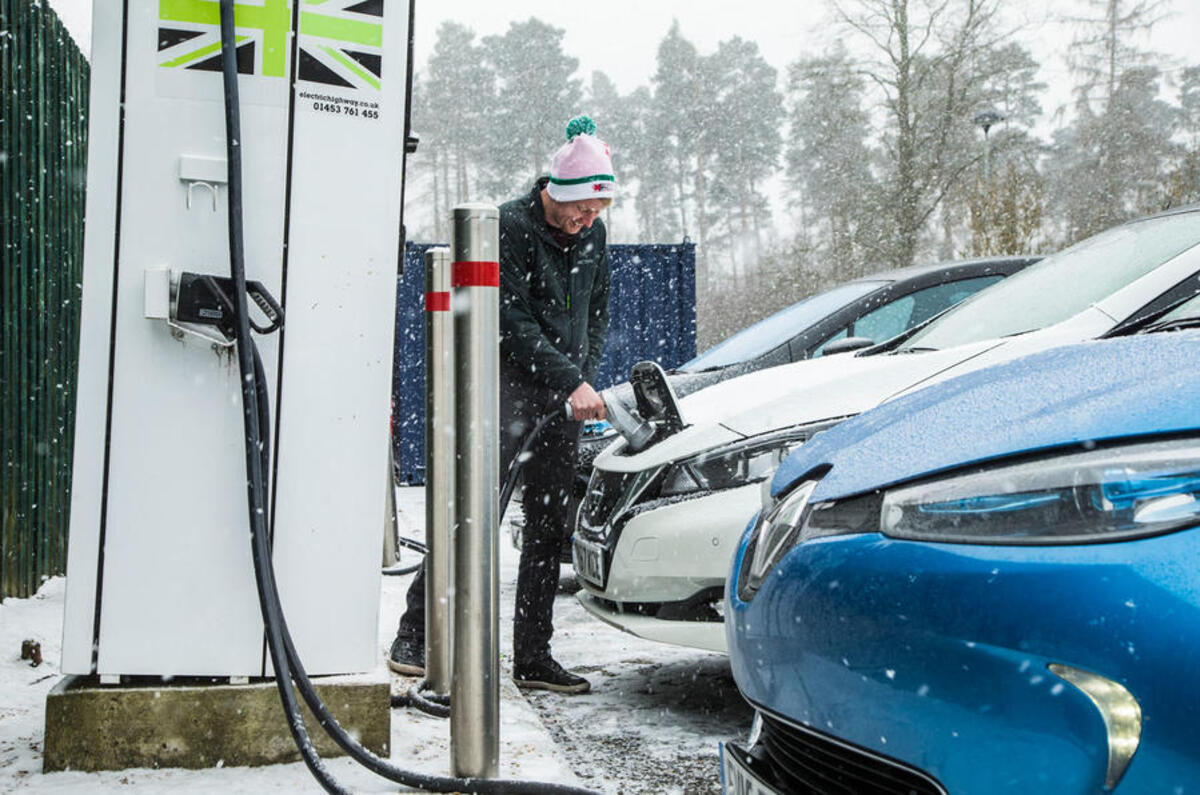The government has commissioned the Royal College of Art (RCA) to design an ‘iconic’ electric vehicle charging point that could be introduced onto British streets from 2022 onwards.
The new design is intended to turn British EV charging points into landmarks as easily identifiable as post boxes or London buses. It will be revealed in the lead-up to November’s COP26 climate summit in Glasgow.
Transport secretary Grant Shapps has given the RCA and PA Consulting the role of designing the new charger, and said the design would help to raise awareness of the transition to electric vehicles.
The release issued by the Department for Transport did not specify if the design will only be used for government-funded chargers, or if all public EV chargers would be required to use it.
Shapps said that the new design would be “as iconic and recognisable as the British phone box, London bus or black cab.”
Clive Grinyer, the RCA’s service design chief, said: “This is an opportunity to support the design of a future icon that will be part of our national culture as we move towards a sustainable future.
“We are delighted to be playing a role in the design of the total service experience to ensure a usable, beautiful and inclusive design that is an excellent experience for all.”
READ MORE
What's it like at the UK's first bespoke electric car forecourt?
How the UK's top car design college is readying for a new era of cars








Join the debate
Add your comment
Just seems like a vanity project
Why not just let the public decide?, oh, wait a minute, hmmmm, nope, save money, don't waste it by paying someone, let us, the public decide.
Puts tin hat on....this is a good idea in principle, but it needs to go further and include consistent functionality as well, I.e. same charging cable design, same payment method etc. After all, the red telephone boxes were all the same in both form and function and payment method, you open the door and immediately know how it works. The present arrangement is too fragmented for mass roll out. We risk having another VHS vs Betamax moment. Yes it would need industry buy in, but consistent charging points will help them sell more EVs and recoup their investment. Much of the above examples will be foreign for young design grads brought up on mobile phones and streaming video, but the past is sometimes a good guide to the future.